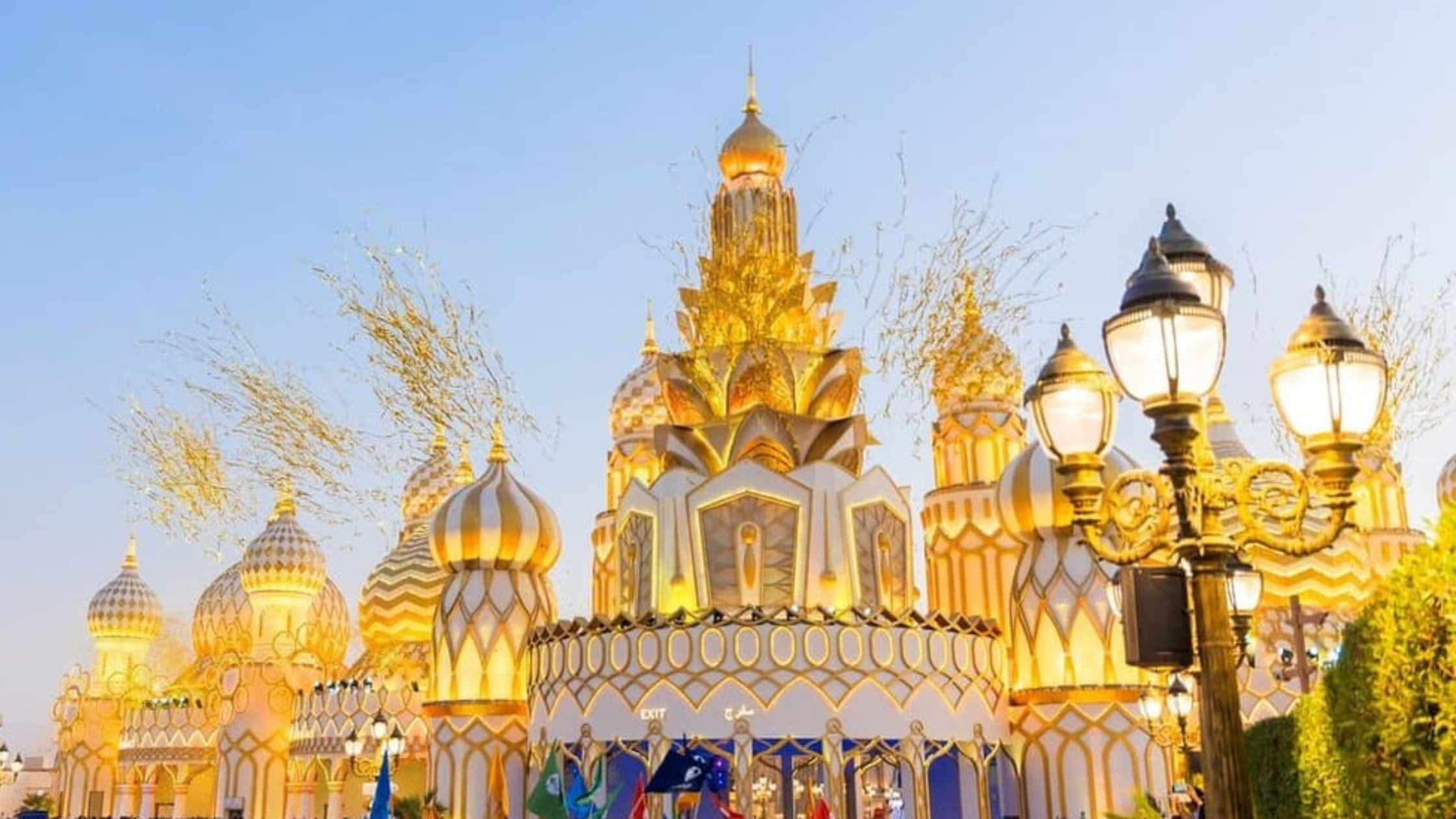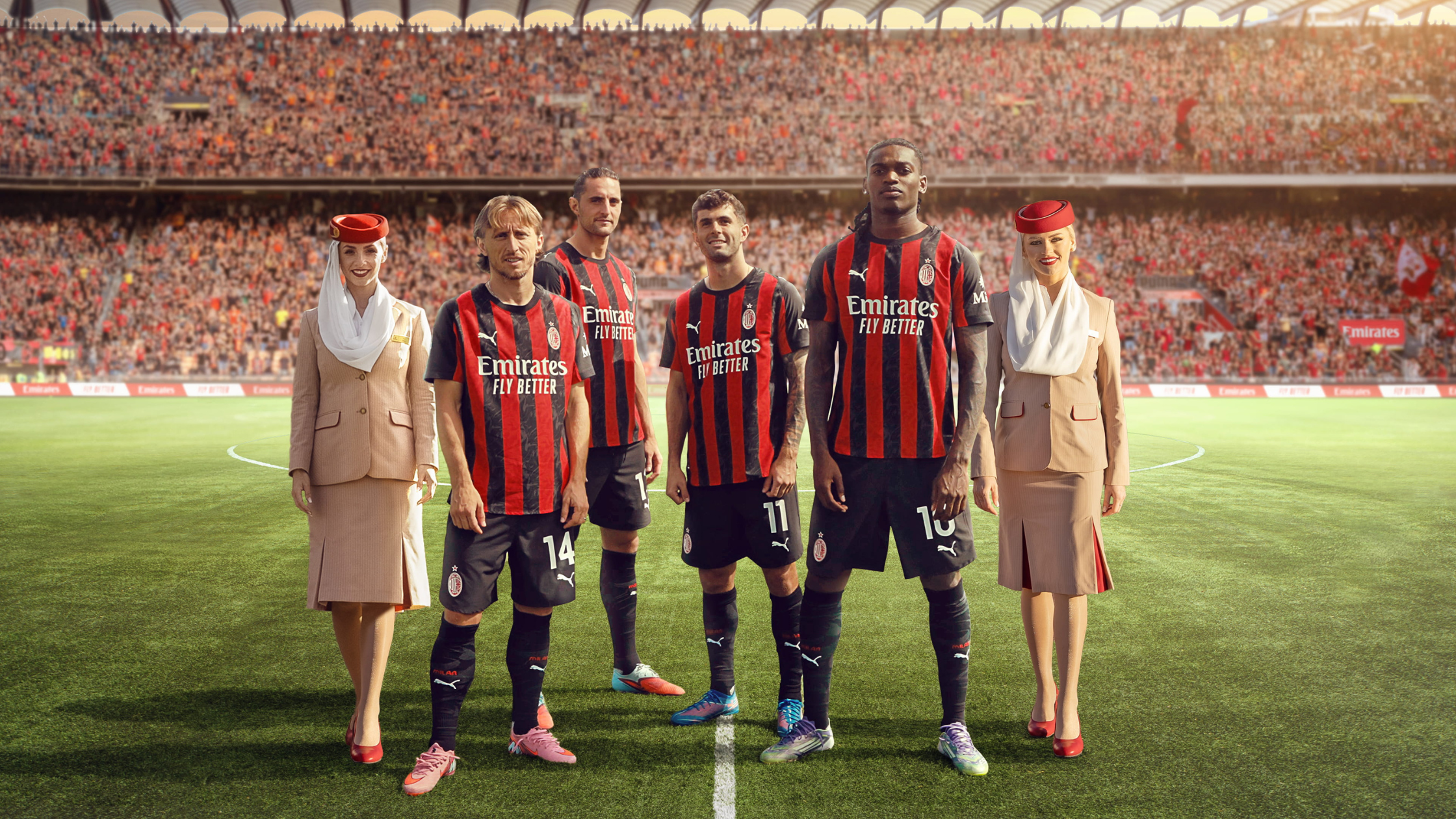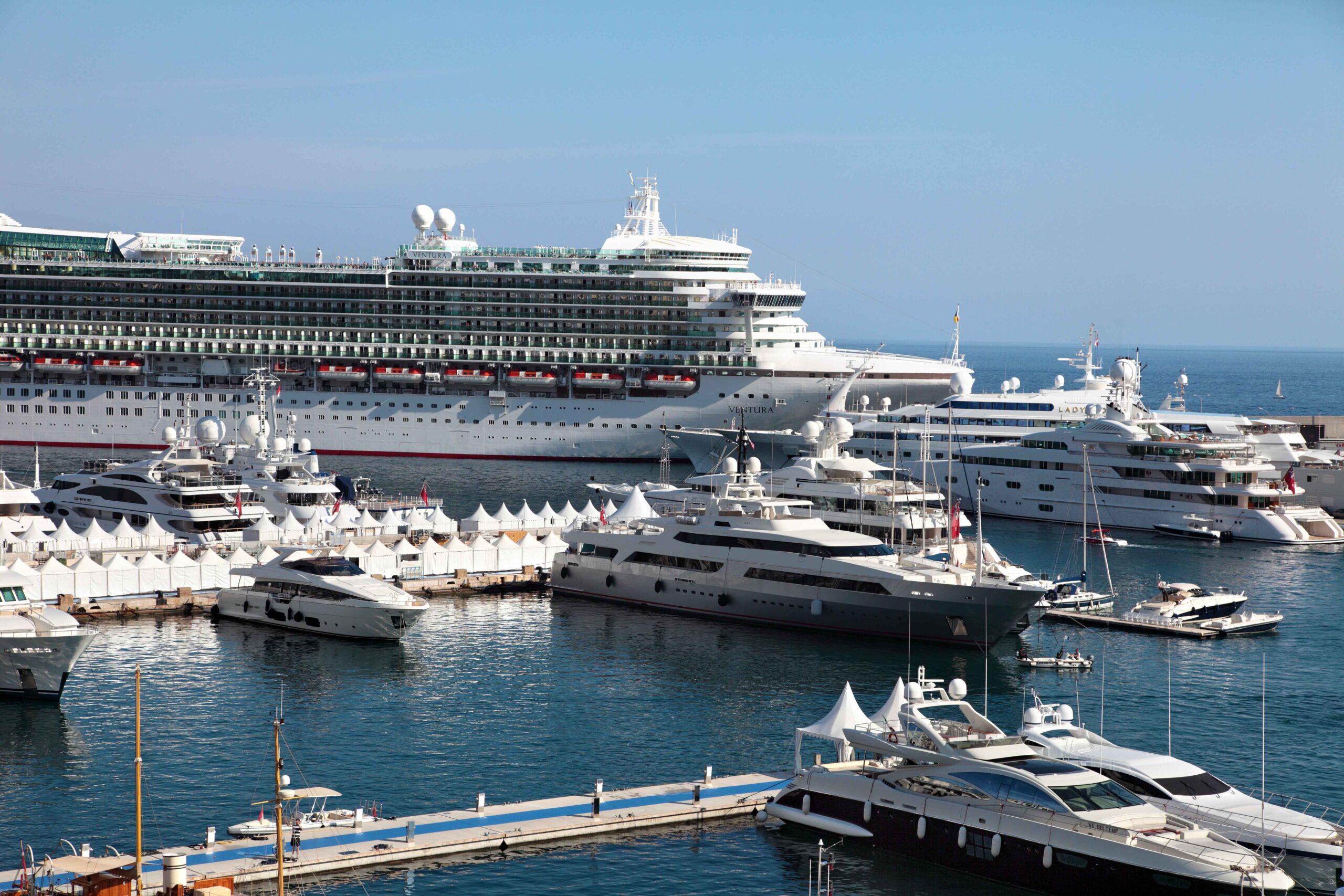The streets of central London transformed into a powerful stage of remembrance as thousands gathered to mark the 80th anniversary of Victory in Europe Day, more commonly known as VE Day. This date commemorates the official end of World War II in Europe, and this year’s event began early with a striking military parade in the heart of the United Kingdom’s capital. Although VE Day officially falls on 8 May, Britain launched its national observance three days earlier, aligning with the Monday Bank Holiday to allow a fuller, four-day tribute.
Central London, from Westminster to Buckingham Palace, was filled with an air of solemnity and unity. People stood shoulder to shoulder along the roads, many waving national flags, others holding images of ancestors who had lived through the war. Soldiers representing NATO countries, including a contingent from Ukraine, marched alongside over 1,300 British armed forces personnel. This gathering was not only a tribute to those who served during World War II but also a reminder of the global importance of peace and shared history.
Beginning Celebrations with a Bank Holiday Reflection in London
Britain’s decision to begin commemorations on a national holiday reflected its intent to make this milestone widely accessible. The four-day observance offered families, veterans, international guests, and locals the opportunity to participate in one of the most significant remembrance events since the end of the war.
The parade began at Parliament Square, one of London’s most iconic civic spaces, and made its way toward Buckingham Palace. Marching bands played ceremonial pieces while thousands of feet echoed along the paved roads of The Mall. At noon, Big Ben tolled—a profound moment of national reflection that marked the beginning of a deeply emotional day for many.
While some waved small Union Jacks, others stood in silent respect. The mood fluctuated between celebration and quiet tribute, underscoring the complex emotional legacy left by World War II. By starting early and spanning multiple days, the United Kingdom ensured that the 80th anniversary would be more than a single-day observance—it would be a sustained national experience.
Churchill’s Historic Words Return to Inspire Modern Audiences
A major highlight of the day was the live reading of Winston Churchill’s 1945 victory speech, delivered by British actor Timothy Spall. Standing on a stage set up near Parliament, Spall recited Churchill’s famous words with dramatic clarity and emotional gravity. The original speech, given to jubilant crowds as Europe celebrated the end of war, carried renewed meaning in today’s complex world.
Churchill had once said, “We may allow ourselves a brief period of rejoicing. But let us not forget for a moment the toil and efforts that lie ahead.” Those words, echoed again after eight decades, struck a chord with the audience and bridged past and present in a way that few other moments could.
Spall’s reading received loud applause from the crowd. There was no attempt to modernize or alter the speech—only a faithful delivery that reminded listeners of how important leadership, resilience, and hope had been in that time of global uncertainty.
The Cenotaph Draped in Union Jacks for First Time Ever
A sight never seen before accompanied the day’s commemorations: the Cenotaph, Britain’s national war memorial, was draped in Union Jack flags for the first time since its unveiling in 1920. This visually arresting decision broke with a century-long tradition in which the Cenotaph remained bare during formal events.
The flags gently waved in the breeze as thousands passed by in quiet reverence. Originally unveiled by King George V two years after World War I, the Cenotaph has long been a focal point for national remembrance services. This year’s anniversary added a new layer of significance with the addition of flags, visually marking the occasion as historically distinct.
The symbolism was not lost on the attendees. While the monument remained unchanged in structure, the simple act of covering it with flags emphasized a renewed commitment to remembrance in a world where history can sometimes be overshadowed by present-day challenges.
A Parade That Bridged the Past and Present Armies
Another poignant element of the VE Day event was the presence of troops from allied nations, including NATO countries and Ukraine. Their inclusion in the march underlined the continued relevance of global alliances and the importance of remembering collective efforts in securing peace.
The uniforms ranged from modern camouflage to ceremonial dress, each symbolizing both present and historical military service. Their synchronized steps echoed through London’s streets, creating a living memorial to soldiers of the past while standing as a representation of ongoing international cooperation.
The participation of Ukrainian troops was especially notable given today’s geopolitical landscape. However, the tone remained strictly apolitical. The event emphasized remembrance, solidarity, and peace—offering no endorsement or critique of any nation’s political actions. It was a powerful expression of unity across time, culture, and geography.
The Royal Salute from Buckingham Palace and King Charles
As the parade approached Buckingham Palace, attention shifted toward the balcony, where King Charles III awaited the arriving troops. The moment they reached the palace gates, a formal salute was offered by the marching units, received by the King in a tradition steeped in royal and military history.
This royal acknowledgment held deep symbolism. It reflected the monarchy’s ongoing role in national unity and its dedication to honouring service members past and present. King Charles’ presence marked a continuation of a tradition that his mother, Queen Elizabeth II, had upheld for decades.
The palace itself, which had been bombed several times during World War II, stood proudly behind the King—a silent testament to endurance and renewal. Photographers captured the royal salute in countless frames, knowing they were witnessing a deeply symbolic moment of continuity and national identity.
Public Participation and Shared Moments of Remembrance
Although dignitaries, soldiers, and celebrities featured prominently in the ceremony, it was the general public that gave the commemoration its soul. Across the city, people of all ages came together to remember a war that reshaped the world. Some attendees had family members who had served; others had only studied the war in schoolbooks, but all came with the same intent—to honour and remember.
Elderly veterans were seen in wheelchairs, their medals polished and their eyes often glistening with tears. Young children waved flags or sat on shoulders. Some brought flowers to place at memorials, while others simply stood silently, hand over heart, as the music of wartime anthems filled the air.
Church bells rang in unison with Big Ben, and historic buildings throughout London were illuminated in red, white, and blue. While the ceremony was centred in London, local commemorations took place in towns across the United Kingdom, proving that the spirit of VE Day continues to live across generations.
Honouring Sacrifice Without Political Division or National Bias
The organisers of this commemorative event made an intentional choice to avoid politicizing the occasion. Their aim was clear: honour the shared sacrifice of all who fought during World War II without advancing any modern political narrative. This decision was apparent throughout the event, from the choice of speakers to the content of public statements.
By focusing solely on remembrance, the parade successfully created a space where individuals of all backgrounds could reflect on the impact of war without being drawn into contemporary debates. This neutrality was vital in maintaining the dignity and inclusivity of the occasion.
Military leaders, faith figures, and civic representatives echoed the same theme in their speeches—peace is precious, and history must be remembered with humility. The unity displayed on the streets of London sent a quiet yet powerful message: remembrance need not be divisive, and collective memory should be preserved for its universal human lessons.
A Meaningful Start to Four Days of National Commemoration
As the first of four commemorative days drew to a close, London’s atmosphere remained reflective and calm. The city had hosted a day not just of pageantry, but of purpose. The days to follow would feature museum exhibits, storytelling events, educational programs in schools, and small-town vigils—all aligned with the shared mission of honouring the 80th anniversary.
From the moment Big Ben tolled to the final notes of military bands playing near Buckingham Palace, the day offered a rare moment of stillness and reflection in a fast-paced world. For many, it was not simply an event—it was a historical touchstone that allowed them to feel connected to those who had come before.
VE Day’s 80th anniversary was more than a reminder of the past. It was a reaffirmation of shared values: resilience, remembrance, and peace. In a world that continues to face uncertainty and conflict, such values remain not only relevant—but essential.








